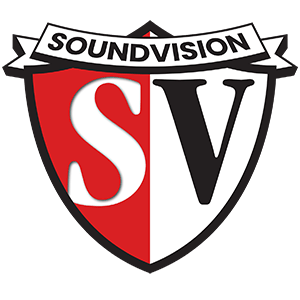Homes are becoming smarter and more connected. While you have probably heard of smart lighting, few have heard of lighting control. They both simplify how you interact with your lights, but they achieve this goal in very different ways.
Lutron is one of the biggest players in lighting control. They have one of the most mature lighting control systems on the market. In this article, we’ll discuss how the benefits and drawbacks of lighting control and share how it differs from smart lighting.
How Lighting Control Works
Just like light switches and dimmers, lighting control systems manage your existing light fixtures through smart keypads and dimmers. These dimmers and keypads serve multiple functions: they serve as a mesh-network node and an input for users to control any light on the system. Interestingly, these new keypads don’t directly adjust the lights. When you go to turn on your lights, the keypad wirelessly communicates that request through its mesh network. That message goes to the lighting control hardware that directly controls the load. This is commonly near the breaker. One is required for every room or lighting zone.
Benefits of Lighting Control Over Smart Lighting
Lighting control systems, such as Lutron, offer advantages over smart lighting alternatives like Philips Hue. While smart lighting normally requires specific fixtures, lighting control systems have no such restrictions. Homeowners can freely choose any lighting fixtures, including recessed lighting. Lutron also has extremely wide LED fixture compatibility for ultra-low dimming and smooth fade-to-on functionality. Lighting control empowers homeowners to design their homes with any light fixtures. Now their space can use fixtures that best match their preferred quality, aesthetic, and ambiance desires.

Not only are lighting control systems versatile, but they are also more reliable. Say you have a kitchen with ten recessed light fixtures on a single load. With most smart lighting systems, you would need ten individual smart devices to illuminate that one lighting zone. With a Lutron lighting control system, those same lights can be managed from the load by a single piece of hardware. Across an entire home, this reduces the number of potential failure points.
Drawbacks of Lighting Control Systems Compared To Smart Lighting
Despite the benefits, lighting control systems have one fatal flaw: cost. Firstly, the dimmers and keypads are custom-built for each home, with engraved labels for intuitive use. This makes them more expensive than a regular dimmer.
Another cost is the extra hardware. Not only do you need keypads, but you also need to purchase hardware that controls each lighting load. While they aren’t as expensive as the custom keypads, they are a notable cost.
The last cost is for the programming and installation. This part is crucial to ensure the system works as intended. A lighting control system like Lutron’s RadioRa 3 or Homeworks requires programming by a licensed Lutron installer like SoundVision. This ensures every button controls your lights just as you dreamt they would. However, for those who want a true home-wide smart lighting control system where they can use any fixtures or lights they wish, there is no substitute.
Should You Install Your Own Lighting Control System?
Why miss out on the luxuries and conveniences of a lighting control system? Smart lighting has its perks, but nothing beats the reliability and versatility of lighting control. With the freedom to work with a lighting designer, your home can truly shine. If you want to learn more about how lighting control can transform your space, give us a call at 415-456-7000.

